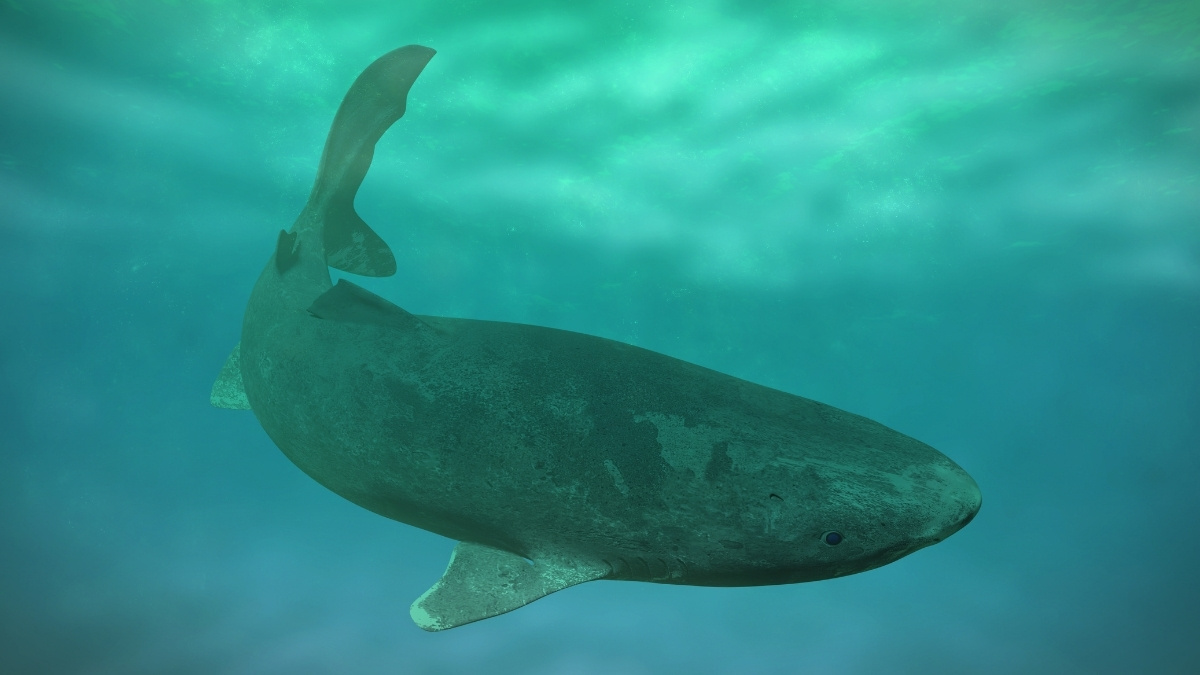After NASA’s successful test of an asteroid defence technique with its DART mission, researchers at Lawrence Livermore National Laboratory developed a modelling tool to assess the potential use of a nuclear defence to defend Earth against catastrophic asteroid impacts.
The study published in the Planetary Science Journal this month introduces a new approach to simulate a nuclear device depositing energy on an asteroid’s surface. The tool was developed to help improve our understanding of nuclear deflection’s radiation interactions on the asteroid’s surface while opening the door to new research on the shockwave dynamic affecting the inner asteroid.
In 2022, NASA’s DART (Double Asteroid Redirection Test) mission tested the kinetic impactor method of asteroid defence by intentionally crashing a spacecraft into an asteroid to alter its trajectory. One problem with the kinetic impactor method is that there are limitations to the mass that can be lifted into space. For larger asteroids, we would need larger and heavier spacecraft.
That is where the nuclear option could come in. Nuclear devices have the highest ratio of energy density per unit mass of any technology, making them a potentially invaluable tool in to mitigate asteroid threats.
“If we have enough warning time, we could potentially launch a nuclear device, sending it millions of miles away to an asteroid that is headed toward Earth. We would then detonate the device and either deflect the asteroid, keeping it intact but providing a controlled push away from Earth, or we could disrupt the asteroid, breaking it up into small, fast-moving fragments that would also miss the planet,” said LLNL physicist Mary Burkey, who led the research, in a press statement.
To make accurate predictions of the effectiveness of nuclear deflection missions rely on complex multiphysics simulations. Burkey explained that the simulation models cover a wide range of physical factors, which makes them complex and computationally demanding.
© IE Online Media Services Pvt Ltd
First uploaded on: 26-12-2023 at 16:59 IST






